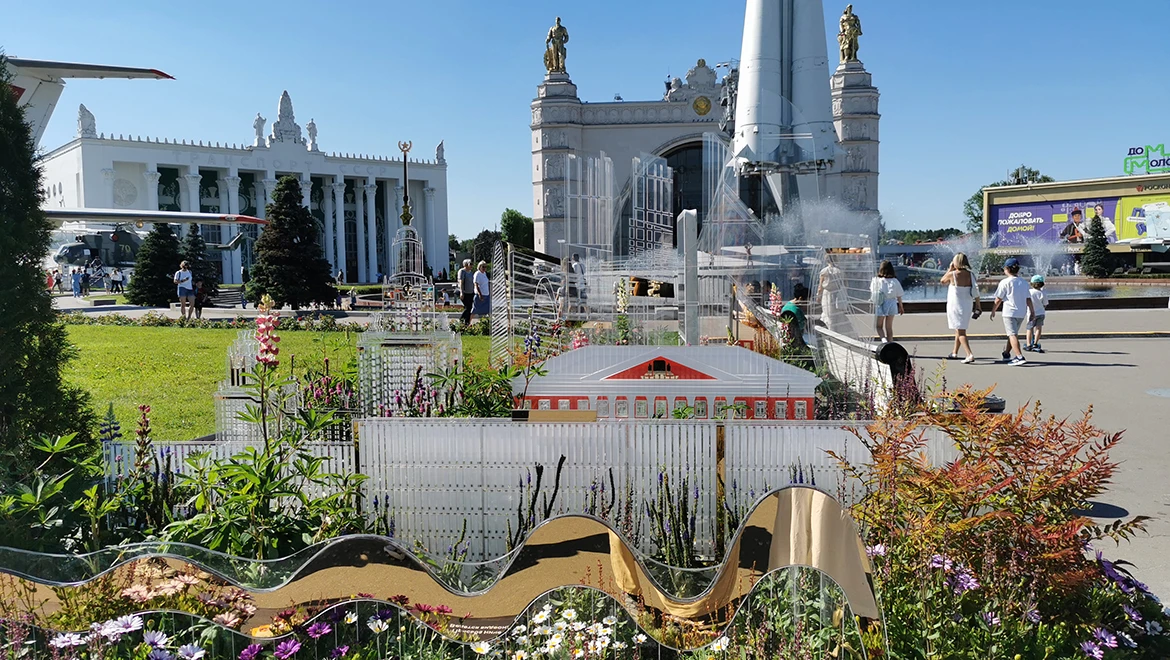Snowdrop anemone. Orel region
Anemone sylvestris, or snowdrop windflower (also known in Russian as forest anemone), is a delicate flower of the buttercup family. Its name, "anemos," translates from Greek as "wind." The flower received its airy name due to its weightless petals that flutter at the slightest breeze. In Central Russia, the Orel region boasts large quantities of this Red Book plant, as anemones grow best at the intersection of forest-steppe and steppe zones.
There is a paradox in the "botanists' jokes" series: the forest anemone does not grow in forests, and its relative, the oak anemone, does not grow in oak groves. Forest anemone prefers bright and fairly dry places, it is often found in pine forests and sparse oak groves, as well as at forest edges. However, its delicate flowers are especially stunning among the shimmering feather grasses on steppe slopes. In religious-themed paintings, scarlet anemones are often depicted because, according to legend, red buds grew from Christ's blood after the crucifixion.
Anemones caught the attention of florists in the Middle Ages due to their elegance, delicacy, and responsiveness to cultivation. Not being an edible or medicinal plant at that time, it entered gardens for its decorative qualities. These days, snowdrop anemone is rarely found in gardening - its delicate flowers couldn't compete with exotic double-flowered hellebores or new varieties of tulips, daffodils, and hyacinths.
At the beginning of the XX century, the famous geobotanist, florist, phenologist, local historian, researcher of the steppes and meadows of the Orel region, one of the founders of Orel University, and author of "Nature of the Orel Region", Vladimir Nikolaevich Khitrovo wrote: "Looking at these last remnants of the former colorful harmony of the region, a distressing thought arises: will we, in the pursuit of producing bread, and only bread for export for someone, not leave anything for ourselves, and will we plow up the last remnants of steppe vegetation, and our children will only read in books about the former beauty of our region that was available for everyone's enjoyment? And instead of the majestic and deeply instructive combinations of centuries-old natural vegetation, they will admire the pathetic, senselessly stuck, expensive flower beds of city gardens and boulevards."
Nevertheless, the growing interest in local species and the ecological agenda in landscaping give the anemone a second chance to reappear in parks, gardens, and squares. Despite the flower's delicacy, it is an extremely hardy plant that can form dense thickets and easily coexist with other ornamental plants in flower beds.
Along with the RUSSIA EXPO, the flower festival is also coming to an end.
The "Future in Flowers" festival continues at the RUSSIA EXPO, where unique flowerbeds from all regions of our country can be seen at the "Space" pavilion until July 8.
The RUSSIA EXPO concludes on July 8, and with it, the flower festival will also come to an end.





